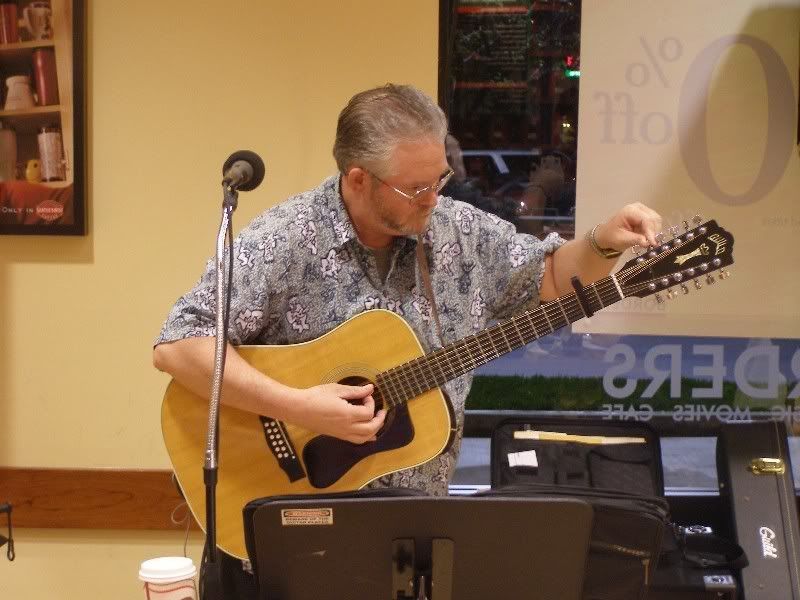Will I damage my new F512 by leaving it tuned to concert pitch?
I've had several people tell me that I should tune it down one full step, then use a capo. I just find it hard to play with a capo.
Several of the repair guys tell me its not "If", but "When" the bridge will pull up due to the stress of all the strings.
Is this true with guilds dual truss rods even?
I've had several people tell me that I should tune it down one full step, then use a capo. I just find it hard to play with a capo.
Several of the repair guys tell me its not "If", but "When" the bridge will pull up due to the stress of all the strings.
Is this true with guilds dual truss rods even?
